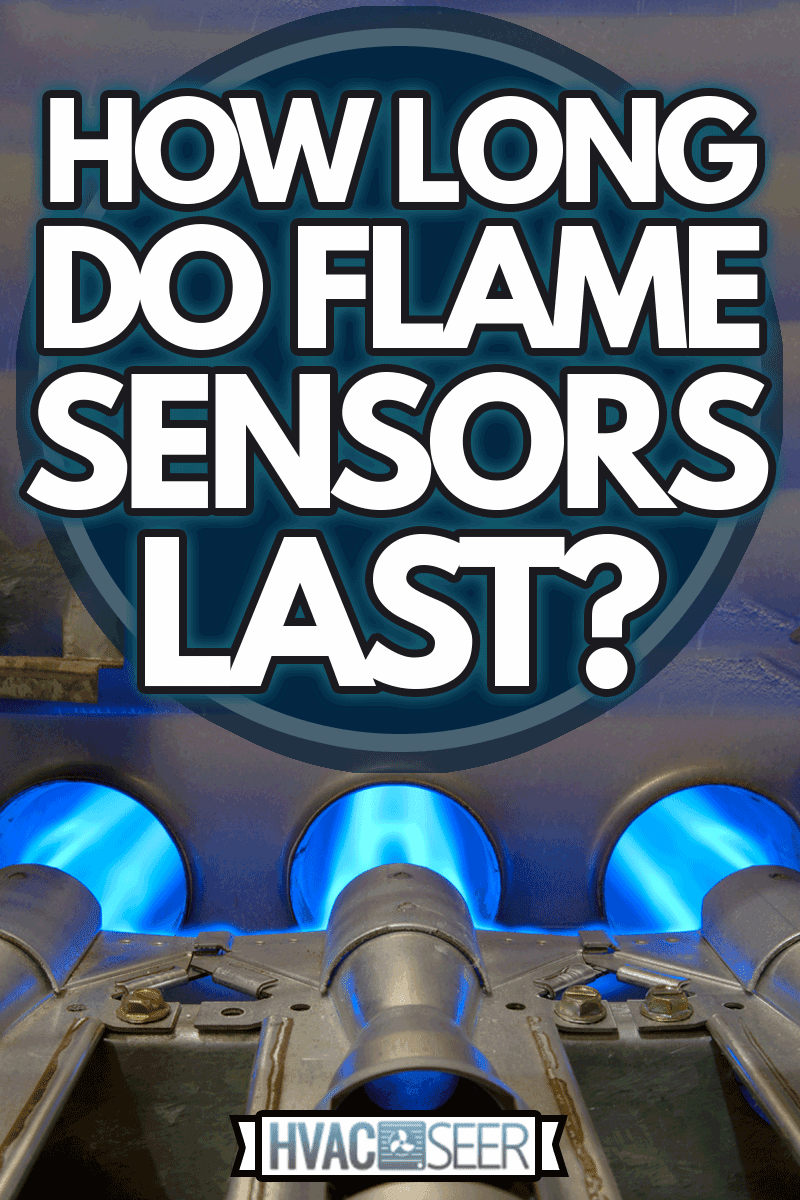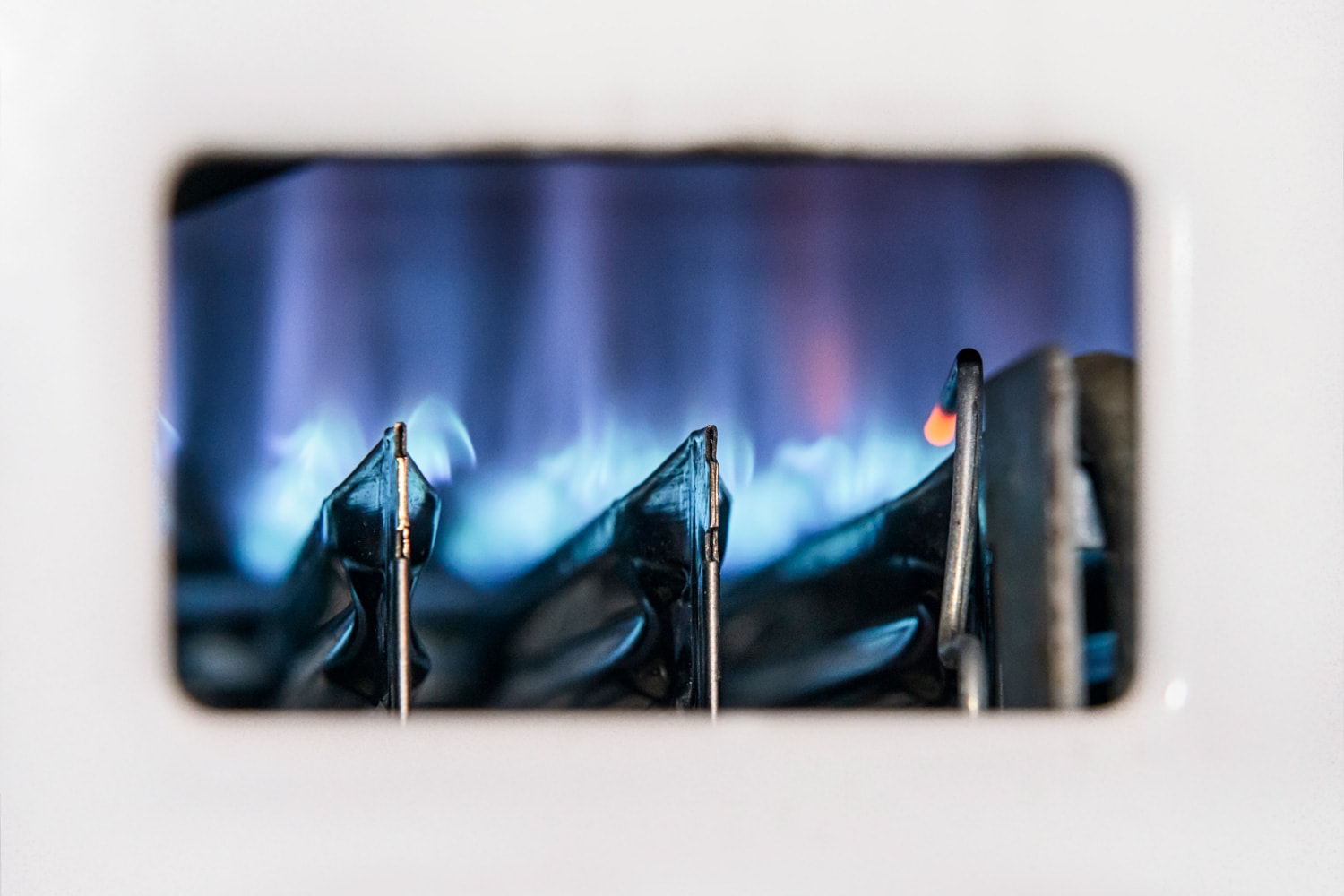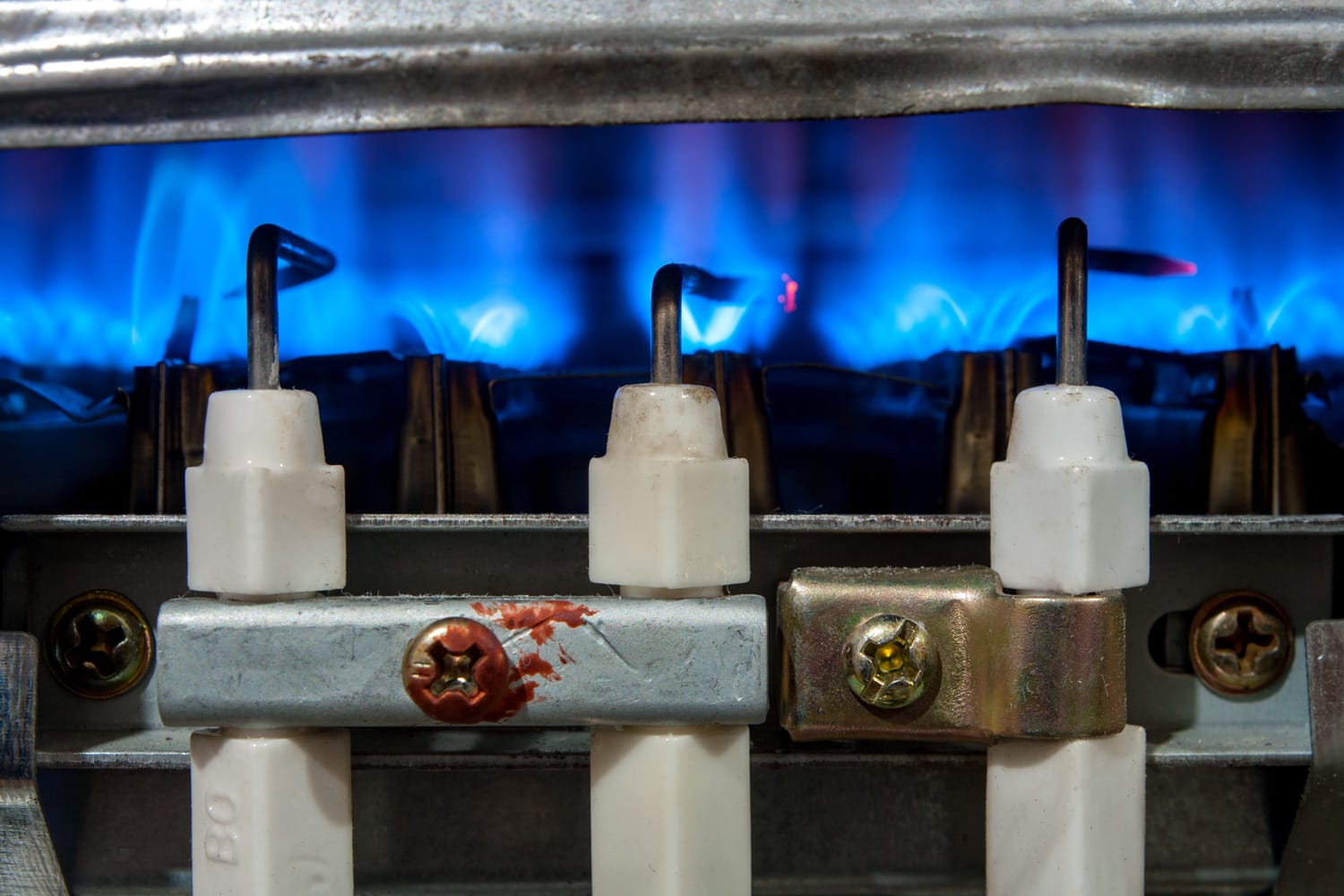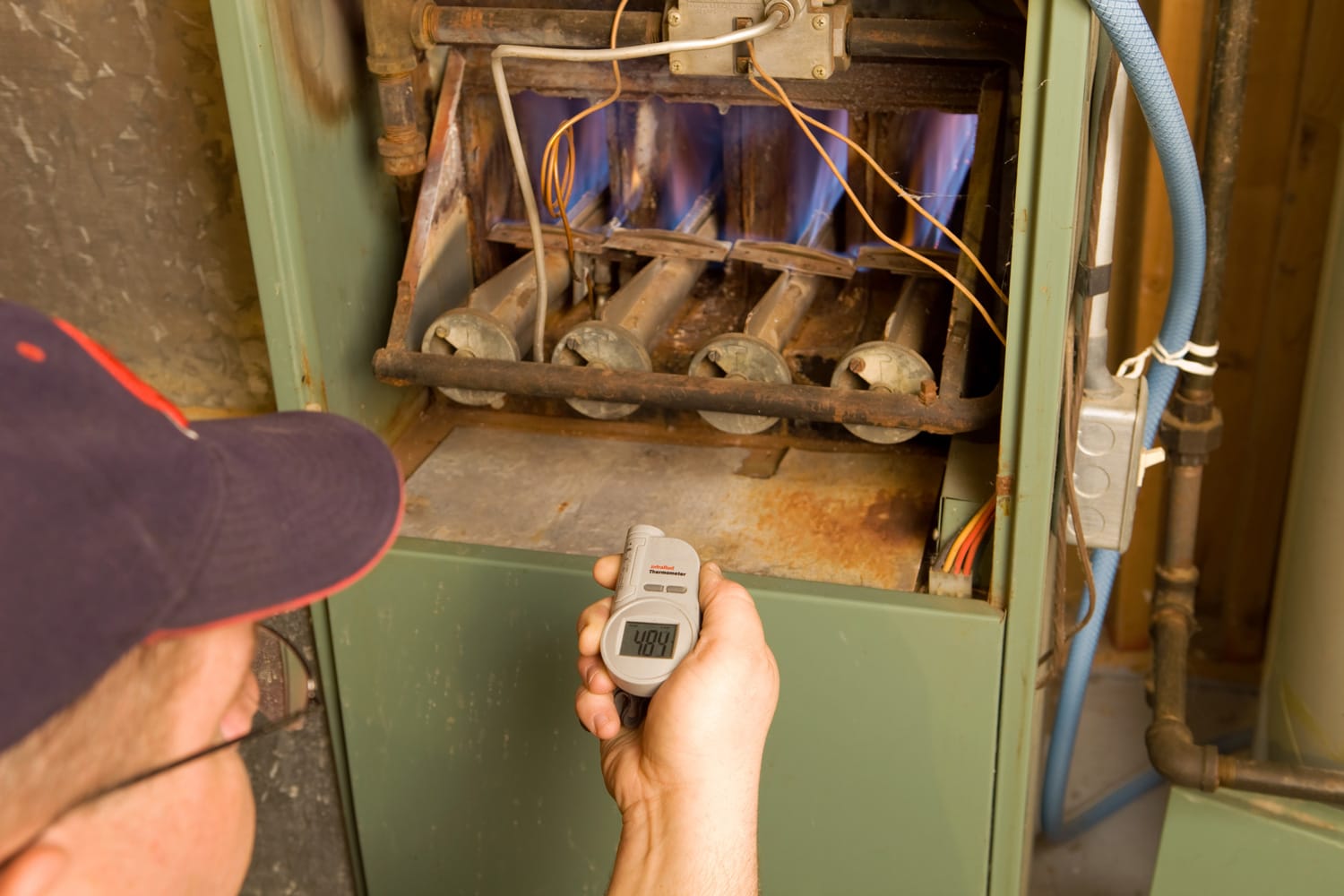A flame sensor is an essential safety component of your furnace, so it is necessary to know how long it lasts. And because curiosity strikes us, too, we have conducted thorough research regarding this matter.
If you have recently updated the sensor of your furnace, the flame sensor should last roughly five years. A furnace's longevity is 15 to 30 years. Therefore, you should expect to replace the flame sensor once or twice throughout your ownership.
Aside from knowing the lifespan of your furnace's flame sensor, you should know how to lengthen it. That is why it would be best for you to keep reading to understand further the details. We might also answer some of your additional questions along the way.

Lifespan Of A Flame Sensor
If a flame sensor that lasts five years is still not enough for you, you can still extend its lifespan just by conducting proper cleaning and maintenance. Even if you think that the furnace still runs smoothly and there are no visible issues, cleaning the flame sensor every year is necessary. It will also prevent future furnace issues, especially during winter.
Location Of The Furnace Flame Sensor
To start looking for a flame sensor, you will need to detach the furnace access cover. And for you to remove the access cover, you may need to remove bolts and screws, depending on the model of your furnace.
The flame sensor is a tiny rod with porcelain encircling the end that connects to the burner and is situated immediately outside the burner assembly. Some flame sensors in furnaces are straight, while others bend at a 45 degrees or 90 degrees angle. The sensor directs into the fire chamber, where the flame burns.
Signs Of A Bad Flame Sensor

Like any other component in your cooling and heating system, the flame sensor might fail. Watch out for these warning signals since these are the factors that will help you tell that your flame sensor is failing or has already failed:
- The burners of the furnace ignite but switch off after a few seconds
- The flame sensor's tip is black
- Porcelain or the sensor container has a crack
- Soot and other detritus cover the end of the flame sensor. However, cleaning the flame sensor may still fix this issue rather than having a sensor replacement.
If you need to replace your flame sensor, you can expect a low-cost repair that you can generally undertake yourself if you are familiar with the machine. The sensor mainly costs less than $20. However, you can opt to ask for the help of an HVAC technician, and you could expect to pay between $75 and $250.
Flame Sensor Buildup
Let us look at some of the factors where accumulation can occur and how proper maintenance could result in a flame sensor that will last. It is not usually carbon that enters the HVAC system and potentially contaminates the flame sensor. Other factors in your home can sneak through your furnace and cause the flame sensor to stop functioning correctly.
Check the following prevalent culprits below:
- Pool chemicals
- Cat litter
- Fertilizers
- Laundry detergent or fabric softener
- Spa chemicals
- Permanent wave solutions
Know that the causes are not limited to the above items. Other elements can enter the furnace and cause your flame sensor. In reality, there is a clear coating on the flame sensor, so you may not be able to notice the buildup. Unless the flame is no longer working, you should not have to replace it.
2. Remove The Flame Sensor
Get a socket set or hex driver and use it to detach the outer panel. We suggest you place the screws somewhere safe, ensuring that they won't get lost.
The flame sensor mounts with the same hex screws as the outside panel screws. Thus it won't require special tools. And even when not mounted, an electrical line should connect to the flame sensor.
If it is connected through a fast connection, it's usually worth disconnecting it entirely to gain access to all sections of the flame sensor. If not, make sure there is enough slack in the wire to clean the uncovered metal portion of the sensor.
3. Clean The Flame Sensor
Since the base is most likely made of porcelain, it is delicate. So, we highly suggest you handle your flame sensor with utmost care. The thing that requires cleaning is the metal rod. Do not let your cleaning materials touch the porcelain or other components.
Begin by rubbing the rod with sandpaper to clear all the buildups. And if you already see the bare metal, we suggest you take the rubbing slowly.
It would be best to avoid anything other than carbon accumulation. Remove the majority of the carbon and other dirt with the wire wool, paying careful attention to any curves in the rod.
Take your microfiber rag and wipe off any carbon dust left on the sensor and the sensor mount once you're satisfied with the condition of the flame sensor.
4. Reassemble The Flame Sensor
The process of reassembling is just the reverse process of the disassembling you made earlier. We suggest to be careful with the screws and not overtighten them. Once you finish reassembling, turn on the gas and power to prepare for the next step.
5. Test The System

Modern furnaces have safety features built-in. And some of them may activate automatically once the system detects a restart. Don't fret if your furnace doesn't scream back to life the moment you turn it on. Depending on the thermostat settings, the system should either be on standby or begin running after cycling through its checks.
So, if your furnace is on standby, you should set the temperature on the thermostat so that it turns on a degree before the ambient temperature. It will verify that the thermostat link is still functional after the reassembling process and the flame sensor.
How To Replace A Flame Sensor
A replacement of a flame sensor is inevitable. There will come a time when cleaning won't be enough. And if that happens, you must follow these steps below to perform the flame sensor replacement process correctly:
- Remove all the screws holding your flame sensor in place. Do it carefully and gently as much as possible, and you don't want to damage the other furnace components.
- Disconnect the wire from the flame sensor
- Get the new flame sensor and insert it into the opening where you removed the old one.
- Reattach the new sensor by tightening the screws
- Reconnect the wire you have removed earlier into the new flame sensor
Aside from these steps we gave you, you can also take your furnace's manual and follow the instructions on how to replace a broken flame sensor.
The flame sensor will also appear identical from machine o machine, making it straightforward to locate the item. And if the furnace has been operating hot, always allow it some time to cool down before working on it.
Check out this flame sensor replacement for Goodman on Amazon.
Wrap It All Up

Now that you know how long your flame sensor will last, it will be up to you if you want to extend its longevity by taking proper care of it. Cleaning it is not that tricky, so it would be best to maintain it. Aside from extending its longevity, it will also benefit you by saving money from future repair costs.
We hope you find this post helpful, and if you want to read further, you can check the articles below or browse our website anytime!
Water Leaking From Furnace When AC Is On – What To Do?

